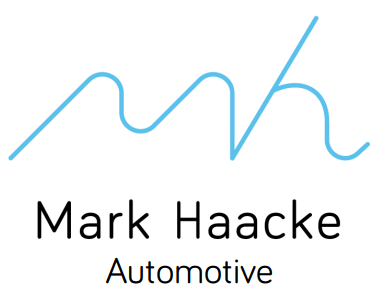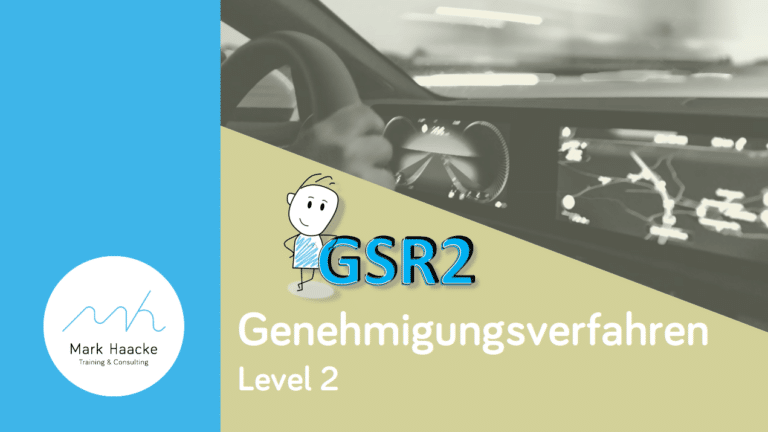In everyday professional life, including in the automotive industry, we don’t just throw around technical terms. We don’t exactly use abbreviations sparingly either.
In everyday professional life, including in the automotive industry, we don’t just throw around technical terms. We don’t exactly use abbreviations like SoP, EoP and CoP sparingly either. To make matters worse, they often hide terms or phrases from other languages – preferably from English. And even in one industry, abbreviations like to be used more than once. Do you perhaps also know “CoP” as “Carry over Part”? Then you are not alone in this.
Today I would like to provide clarification of 3 abbreviations that are in some way related to each other.
SoP = Start of Production, the beginning of series production
The “Start of Production” is hidden behind “SoP”. This refers to the start of series production of vehicles or vehicle parts. So, from this moment the products are manufactured, which are intended for delivery to the customer and correspond to the approved status. Typically, (type) approval has already been granted by the approval authority at this point if corresponding product is subject to approval and is approvable.
EoP = End of Production, the end of series production
“EoP” means “End of Production” and indicates the end of series production. So from this point on, no more products (of this series) will be manufactured.
CoP = Conformity of Production, conformity of products, but also conformity of production
I have already explained elsewhere what is meant by “CoP” – “Conformity of Production”. I would like to revisit “CoP” here- to explain whether Conformity of Production- is relevant only to current (series) production. The name initially suggests that CoP refers to the area between SoP and EoP. However, this is not sufficient.
CoP is differentiated into CoP-Q and CoP-P.
CoP- Q refers to the procedures and processes designed to ensure that mass-produced products conform to the “approved type”. This must also include the basic recognition of the manufacturer as a (future) approval holder, in the form of an initial assessment by the approval authority. This step is mandatory even before the first permit is issued. Thus, it can be seen that there are measures of CoP-Q long before SoP.
CoP-P means the random inspection of products of series production which are checked against the approved status. Thus, it can be assumed that CoP-P takes place only between SoP and EoP. But it is also worthwhile to look in detail at the requirements of the legislation. This is because part of the permitting process is to present to the agency how CoP-P will be implemented. This can be done via a so-called CoP control plan. This, and thus at least the planning of CoP-P, is required even before SoP.
Now you have a first overview of 3 common abbreviations. In our training courses, you will now learn everything you need to know in order to be able to fulfill the requirements relevant for approval (GRA). Book now: 0175 72 75 222.


